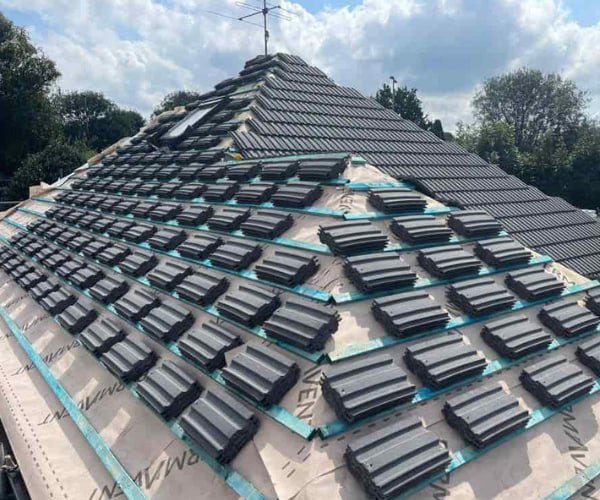Lead Flashing Repair for Historic Homes
Introduction: Historic homes possess a unique charm and character, often characterised by intricate architectural details, including lead flashing. While lead flashing is known for its durability, it may require repairs over time due to wear, tear, or weathering. In this blog post, presented by KAM Roofing Askern, we’ll discuss the importance of lead flashing repair for historic homes and provide valuable insights into the process.
The Significance of Lead Flashing in Historic Homes
Lead flashing has been a staple in roofing and construction for centuries, including historic homes. It is often found around chimneys, dormer windows, and other areas where two roof surfaces meet, serving as a waterproof barrier that prevents water from infiltrating the structure. Preserving the integrity of lead flashing is essential for maintaining these homes’ historical and structural value.
Common Reasons for Lead Flashing Repair
Historic homes may require lead flashing repair for various reasons, including:
- Weathering: Over time, exposure to the elements can cause lead flashing to weather, corrode, or develop cracks, compromising its effectiveness.
- Deterioration: The natural expansion and contraction of lead flashing due to temperature fluctuations can lead to deterioration and the need for repairs.
- Age: Lead flashing on historic homes may be decades or centuries old, making them more susceptible to wear and tear.
Lead Flashing Repair Process for Historic Homes
Repairing lead flashing on historic homes requires a delicate touch to preserve the building’s historic character. Here are the steps involved in the repair process:
- Assessment: Begin by assessing the condition of the lead flashing. Identify areas of damage, such as cracks, gaps, or weakened joints.
- Cleaning: Carefully clean the damaged areas, removing any debris, moss, or other materials that may have accumulated over time.
- Repair or Replacement: Depending on the extent of the damage, you may choose to repair the existing lead flashing or replace sections that are beyond repair. In some cases, patching or resealing may suffice.
- Matching Materials: If replacement is necessary, strive to match the new lead flashing with the original material in terms of thickness and appearance. This helps maintain the historical integrity of the home.
- Sealing and Waterproofing: Ensure the repaired or replaced lead flashing is properly sealed to prevent water infiltration. High-quality sealants and adhesives designed for lead flashing should be used.
- Periodic Inspections: After repair, schedule regular inspections to monitor the condition of the lead flashing and address any emerging issues promptly.
Conclusion: Given the historical significance and potential complexity of lead flashing repair for historic homes, it’s advisable to consult a professional roofing contractor experienced in historic preservation. They can provide expert guidance and ensure that the repair process respects the home’s historical value while effectively addressing any issues.
Call us on: 01302 496 292
Click here to find out more about KAM Roofing Askern
Click here to complete our contact form and see how we can help with your roofing needs.

